Today is the anniversary of Bauuer‘s “Harlem Shake” release through Mad Decent and it’s abundantly clear that trap music has made an impression on the EDM community; particularly in the US where it’s been hailed as “the new moombahton” and even “the new dubstep.” But where is trap music really headed? Certainly at this point it’s gained as much if not more notoriety than moombahton, but could this be the next big thing in EDM? Will we see current big names like Skrillex and 12th Planet be edged out of the limelight by artists like Brillz and gLAdiator??? Well, probably not…yet. But the genre is young and gaining popularity in the mainstream; the time is ripe for trap music to evolve.
* STAY IN THE KNOW! SIGN UP FOR THE RUN THE TRAP NEWSLETTER *
I know what you’re thinking, “evolve? This **** is smoking too much weed!” Well, you’re probably not wrong but if you’ll think back for a moment, all the way to 2002, dubstep was in a very similar place in the UK; there were only a handful of notable producers and the ‘dubstep sound’ was still largely undefined (ahhh, the days of the simple wub-wub). By 2010, dubstep had become an umbrella term covering a medley of its own sub-genres (grime, drumstep, complextro, etc.) and had become a prominent sound in pop music via artists like Britney Spears and La Roux. It had become a marketable commodity and most noticeably, it sounded nothing like it did 5 years, even 2 years before. Dubstep had become something greater than what it had been at its inception: it had evolved.
Both moombahton and trap are considered part of the ‘post-dubstep movement’ and they both share many similarities but there are particular characteristics that we’ve come to associate exclusively with trap (this is a good time to check the what is trap music? section of site…or you can just take my word for it: Timbaland invented it). Until recently, trap music had been generally defined by its sampled 808 drums, triplet hi-hat and snare rolls, hot, sticky electro synths, and ‘chopped and screwed’ vocal sampling. However, trap music has already started evolving and we’ve begun to see prominent artists push the boundaries and expand the genre. Here are a few ways in which we’ve seen some key players help broaden the game:
Complexity in the Drums:
Similar to the 2-steppy nature of dubstep, the drums in trap music leave a lot of room for experimentation. We’ve already begun to see a departure from the classic 808 samples that were ubiquitous among early trap hits and more frequently the bass-lines are becoming decoupled from the kicks. This track by gLAdiator is a good example of current more drum-focused trap music:
of course, there is a limit to how much experimentation can happen with the rhythm before it stops sounding like trap altogether (and starts sounding like moombahton… ¡que ritmo!), but that doesn’t mean we couldn’t possibly see a drumstep-like branch of trap music emerge sometime in the near future.
Mixing Up the Melody:
Another way in which trap music has expanded has been the diversification of the melody within the genre. Once dominated by simple one or two-note progressions, trap music has become more diverse and melodic, even romantic and soulful at times. There is perhaps no better example of this than Loveless Records’ “Sprung” melodic trap compilation:
And while we’re at it:
you must have love for the boys over at Slow Roast. You must.
Make it Harder, Better, Faster, Stronger:
Much like we saw with dubstep, it’s only inevitable that producers begin the “harder…no, HARDER” war that made the sound of grime prominent (particularly here in the US). Even though it would seem that the popularity of trap music was generated as a response to the oversaturation of dubstep within popular music culture, it’s only natural that the ‘grime mindset’ would still be present amongst the many dubstep-turned-trap producers who shape the scene today.
Is one such obvious case of the trap-dubstep crossover.
Is another stunning example of “harder” trap music. Finally,
definitely shows a little bit more of the grimy side of trap music.
Damn Son, Where’d You Find This?
Vocals and samples have been key components of trap music even before we started referring to it as such and they’re likely to remain key components as the genre continues to mature. Sampling allows producers to make references to pop culture, thus increasing the relevance of their music. We’ve even seen certain samples [2] become part of pop culture on their own merit. And how many ridiculously TURNT trap remixes have you heard already? There always seems to be room for one more, doesn’t there? Remixing allows trap music to blend with other genres while simultaneously gaining popularity with outlier groups who may not otherwise be exposed to the genre:
and while elements of trap music have been prominent in hip-hop and pop music for many years, the longevity of this EDM-branded trap music is likely to be determined by its commercial success. Thanks to “Harlem Shake” going viral, advertisers were quick to pick up on trap music on their radars and song placements can be heard everywhere from TV commercials to sports arenas:
Hip-Hop Roots, Fusion, and the Future Bass Movement
Up to this point we’ve looked at trap music primarily in relation to dubstep but I would be remiss in not examining the trajectory of trap music through the lens of hip-hop. As you may already know, trap music has deep roots in southern hip-hop can sometimes be largely fueled by drug culture (i.e. in the ‘trap house’). It should not be surprising then, that the rise of EDM (and its associated drug culture) has had an impact on trap music, eventually yielding the EDM-infused trap music we have today. Trap music is reflection of larger trend we’re seeing take place across multiple genres: the incorporation of EDM (and really, new music-making capabilities, a topic for an article of its own) into other genres of music. It wouldn’t at all be surprising to see some bigger, label-backed artists start borrowing more and more from the trap sound (something Kanye is already doing):
and while some artists innovate trap by incorporating its elements into their own music, there are some artists who go out of their way to push the boundaries of “genre” and create what many refer to as “future bass.” Lots of these artists have been killing it on the underground beat scene for years and we here at RTT are particularly excited with how they’ve been pushing the envelope of 808-inspired bass music as of late. We believe this kind of music, music that deliberately defies categorization, will be key in the development of the “trap evolved” sound that is gaining strength as the dubstep craze fades:
(Some other good places to look: Alpha Pup, Warp Records, Mad Decent, LuckyMe, Ninja Tune, Wedidit, HW&W and even some of the cats at DirtyBird)
We can only speculate on what the future may hold, but as of right now, trap is the next biggest thing in EDM and bass culture and we’re likely to see more and more exciting developments throughout the summer and the rest of the year. Where is trap music heading? Let us know what you think on twitter with the hashtag #RTT or @ mention us @RUNTHETRAP, we’ll be re-tweeting the best responses. Or sound off with your own opinion in the comments below.
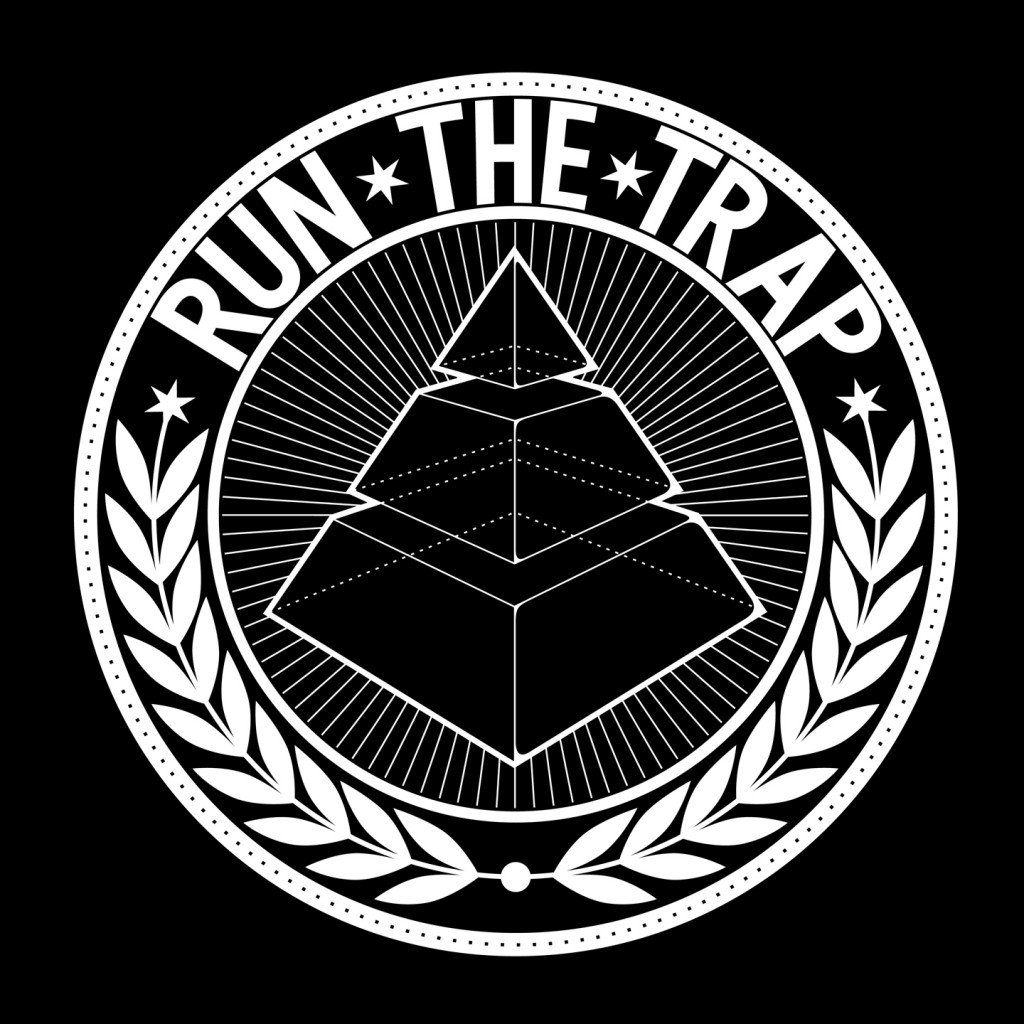
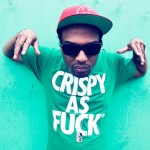
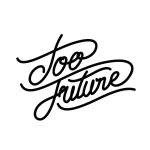

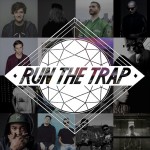
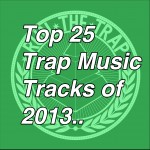
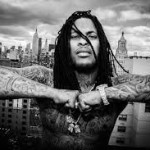


Thanks for the writeup, really appreciate this!
Thanks for the writeup, really appreciate this!
Thanks for the writeup, really appreciate this!
Thanks for the writeup, really appreciate this!
Personally, I LOVE Trap (and all the variations)!
I can listen to the beats, the heavy bass, and the drop for hours. I can listen to a long DJ mix of just trap music.
However, I think the future of trap = played out. Trap (to the mainstream) is only good in doses. Trap would be so much more wonderful right now if the DJs were using trap tracks as an accessory tool. I think trap is being used up faster than it needs to be used. The drop, generally the best moment of the track, is a punchline. The “joke” so to speak is the lead up to the drop. I love a great joke, and a funny punchline…. but how many times can you hear the same joke, with the same punchline, and laugh?
All I’m asking is that trap become a bit more sparse in a DJ’s set. When I was out at a popular NYC club last week, it was 4 hours of straight trap music, with no innovation from the DJs….. and they’re still playing Harlem Shake…. sometimes several times a night.
DJ Affect is bringing the realest trap now. Miami to LA the hottest shit hands down. Thank you trapped god
https://soundcloud.com/dj-affect/krewella-feat-affect-alive
I agree. This is a wicked, and informative piece on Trap. I’d imagine there’s a load of people who can learn something from it! Surprised you didn’t feature TNGHT on it though! Although you did use HudMo. Also, you should be careful of how you refer to Grime. Grime is a very different genre to Dubstep, and is still very much alive and separate. Of course there are cross-overs, but yeh – not the same. Other than that, wicked job!
A-Dam-Shame invented the original Trap Music.
T R O Y B O I